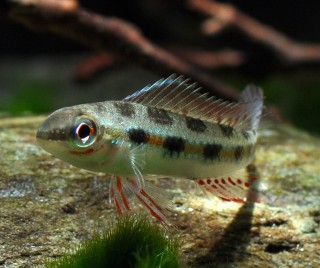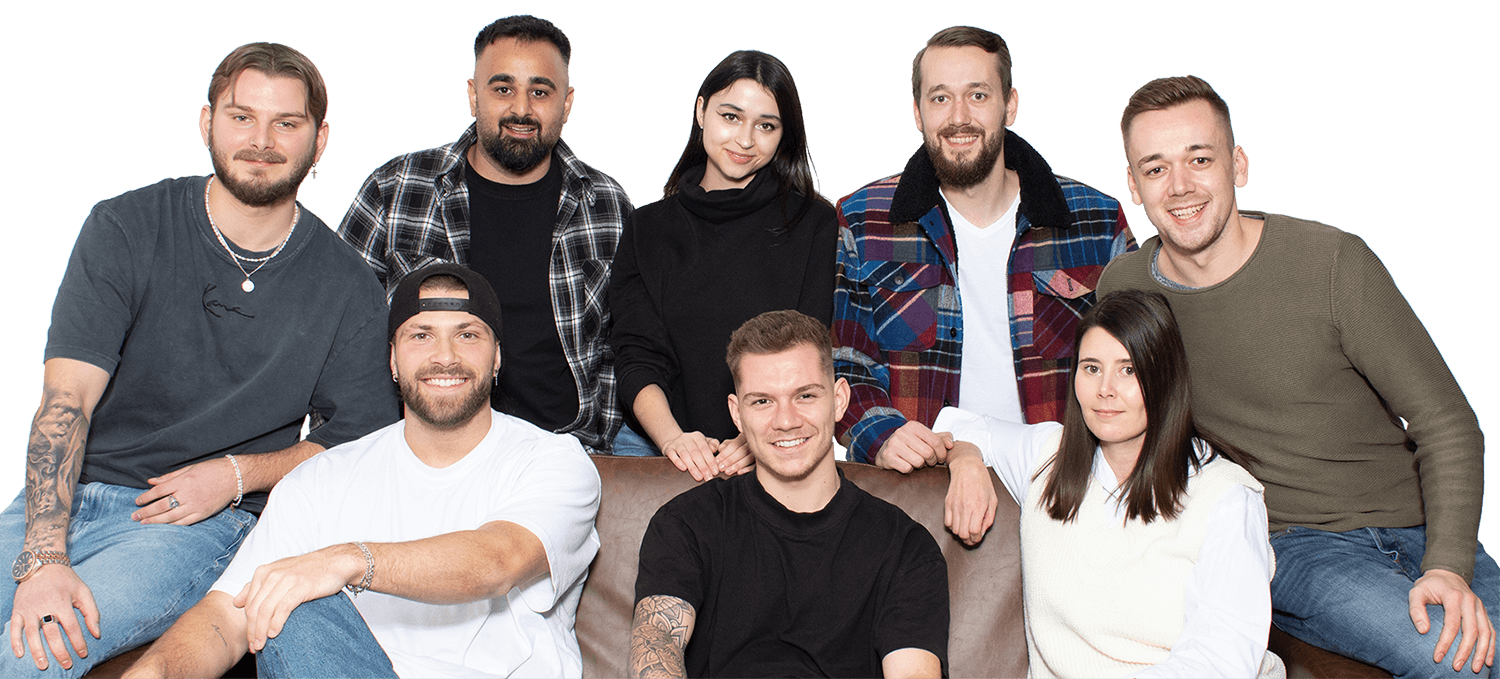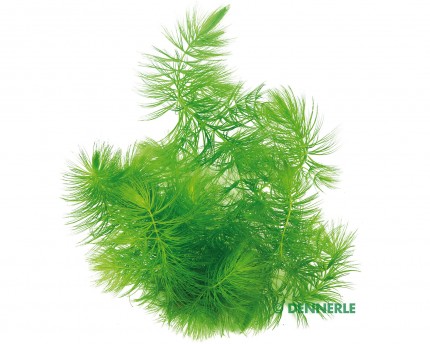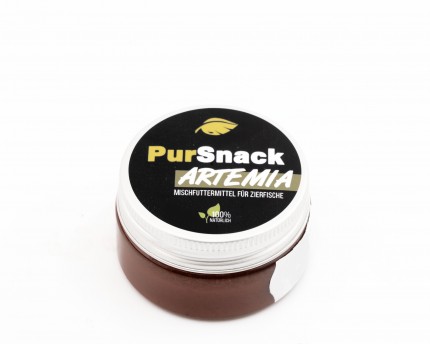incl. VAT plus shipping costs
Currently not available
Delivery only innh. Germany and Austria possible.
Switch to the German store
- Item no: 10672
Fast delivery times
All products are in stock with us!14 years of breeding experience
Let our team of experts advise you!High customer satisfaction
from over 3,000 reviews "| Origin: | South America |
| Diet: | carnivore - meat eater |
| Temperature: | 25-30 °C |
| Feature: | Interesting coloring |
| with fish?: | Yes, with peaceful fish |
| Fish group: | Cichlids |
| Visual effect: | Forms territories (when spawning) |
| Water values: | Soft water |
| Difficulty: | 3 - Difficult |
| Aquarium size: | 100 l (approx. 80cm) |
| Pelvic region: | Center |
| Breeding: | medium |
| Planting possible?: | Yes |
| with snails/shells?: | Yes |
| Behavior: | Normal |
| with large crabs?: | No |
| with dwarf crabs?: | No |
| with shrimps?: | Socialization not possible |
| Final size: | 8-12 cm |
| with crabs?: | No |
With its great checkerboard pattern, the forktail checkerboard cichlid is a great eye-catcher in the aquarium, which is also scientifically called Dicrossus filamentosus. Its habitat includes humic-rich flowing waters in the Rio Negro and the Orinoco in South America. Although these handsome comrades are a bit more demanding to care for, they are a great challenge for cichlid fans.
Our Fork-tailed checkerboard cichlids are available in pairs in a size of 4 cm. They are German offspring.
Dicrossus filamentosus have a rather perch-untypical cylindrical body with black spots on the sides, which gave them their name, as they resemble a checkerboard. Sporadically they show turquoise shiny scales. Their ground color is gray-brown, the belly is light. The very long and extended dorsal fin is fringed with light blue and has red fin rays, likewise the pectoral and anal fins of males are reddish in places. There is also a pretty red line on the face below the eye.
Checkerboard cichlids can be kept as a pair without any problems, whereas harem keeping with up to 4 females is more recommended. Males and females can be differentiated primarily by the forked caudal fin of the males and their more colorful fins. The males reach about 10 cm body length, the females however only 6, the latter show red pelvic fins especially during the mating season. Their readiness for spawning can be recognized by the fact that their pretty spotted pattern turns into longitudinal stripes. They can be reproduced, but the breeding of these perches is difficult, because they prefer extremely low hardness. A breeding tank with a soft water setup and a temperature of 29 °C has proven to be suitable. This also has to be maintained very well. In addition, the animals need complete rest, as the females tend to eat the entire spawn in case of disturbances, which usually hatches after about 2 days and still feeds on its yolk sac during the first week. After spawning, the male should also be relocated, the female cares for the brood alone and defends it quite aggressively. The young can be fed with Artemia nauplii.
The aquarium for a pair should contain at least 96 liters and have a very good water hygiene, because they react sensitively to impurities. Sand is suitable as substrate, but also gravel in a rather dark color. With bog pine roots, a very good weed in places and many hiding places, a good infrastructure can be created, which also serves as a territory marker, but also during spawning time somewhat territorial animals as a visual screen. The aquarium should have a sufficiently well-dimensioned filter system, which also brings in a lot of oxygen Oxydatorsas we have them in our store. A regular and thorough water change serves the well-being of the checkerboard cichlids. With Sea almond leavesbut also Alder cones valuable humic substances can be added and support a low pH-value, which should be about 5-6,8. At a total hardness of 2-10 °dGH and a temperature between 25-30 °C the pretty perches feel most comfortable.
They can be socialized with smaller tetras or catfish of similar water parameters. A socialization with dwarf shrimps is rather not recommended, since the checkerboard cichlids have a preference for wriggling live food. Dwarf shrimp and crayfish could possibly catch and injure them or even eat them.
Checkered cichlids are carnivores that can be occasionally fussy about granular foods. They prefer to eat Live foodbut also fine Frozen foods like Artemia, Cyclops or Daphnia, which we have in our store. Juveniles can be raised very well with Artemianauplia.
Our food recommendation: NatureHolic Cichfeed is a great staple food for all carnivorous cichlids in the aquarium, which perfectly meets their requirements for food composition. The tasty pearls are eaten very well even by larger cichlids. Thanks to their soft texture, NatureHolic Cichfeed food pearls are gentle on the mouth and can be eaten very well by the fish.
Our plant recommendation: Use for planting NatureHolic InVitros. These are free of snails, planarians and other unwanted co-inhabitants. Also free of algae spores, bacteria and fungi.
Expert Tip: We recommend for fish keeping the NatureHolic 3 Phase Liquid. The care set offers the best all-round protection for your animals. It ensures optimal conditions for successful breeding and keeping.
Picture: Enrico Richter - exclusively for Garnelio
| Scientific name: | Dicrossus filamentosus |
| German Name: | Fork-tailed checkerboard cichlid |
| Difficulty level: | advanced |
| Origin/Distribution: | South America |
| Coloration: | cylindrical, elongated body with long dorsal fin, males more colorful with forked caudal fin, males approx. 10 cm, females approx. 6 cm |
| Age expectancy | approx. 4-6 years |
| Water parameters: | GH 2-10 °dGH, pH 5-6.8, temperature 25-30 °C |
| Tank size: | from 80 cm |
| Food | Natureholic Cichfeed, live and frozen food such as Artemia, Cyclops, Daphnia |
| Breeding | difficult |
| Behavior | aggressive towards conspecifics |
| Group size | 2 and up |
| Further information | Ten typical aquarium fish for beginners and alternatives to them, Tips for acclimating fish to the aquarium, Feeding aquarium fish properly - cheap food and what it can do |
- Item no: 10672
Entdecke die Garnelio Welt!
Garnelio gehört zu den größten Onlineshops für wirbellose Aquarientiere weltweit.
Viele Artikel gibt es exklusiv nur bei uns im Shop.























